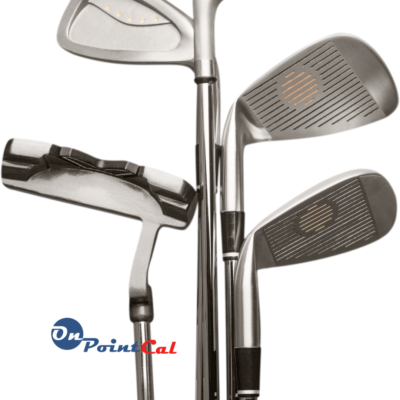Quality Assurance, Sports, Technological Innovations
Understanding the Metal Hardness in Golf Clubs: It’s Not Just About the Swing!
Many perceive golf as a simple game of striking a ball. However, it’s an intricate dance of engineering, material science, and athletic prowess. Dive into the world of golf clubs, and you’ll see how metal hardness plays a pivotal role in the game.

The Role of Metal Hardness in Different Clubs
Golf is diverse, demanding various shots. Each club, be it drivers, irons, or putters, is tailored for specific scenarios. Metal hardness plays a key role in a club’s efficacy:
- Drivers: Crafted with titanium or composite materials, drivers meld strength and lightness. Their hardness is dialed in for resilience and lasting power.
- Irons: Predominantly steel-made, irons sport heightened hardness. It grants them the precision needed for those spot-on shots.
- Pitching Wedges: Aimed at swiftly lofting the ball, their hardness is tailored for controlled lifts.
- Woods: Once wooden, today’s woods or fairway clubs are metal-made, harmonizing the power of drivers with added control.
- Putters: Built from softer metals, putters prioritize tactile feedback, aiding players in judging their putts with precision on the green.
The Engineering Behind the Clubs
It’s not just about hitting the ball. The hardness of the metal impacts the game’s essence. Too hard, and you compromise on finesse; too soft, and you lack the force. Engineers and manufacturers work tirelessly to strike this balance.
The Significance of Calibration
Golf clubs need consistent hardness. Regular testing using hardness testers ensures they meet their specs. For those in the golf equipment quality control sector, calibrating these testers is vital. Collaborating with an ISO 17025 accredited calibration laboratory, such as onpointcal.com, guarantees measurement accuracy, profoundly influencing the golf club’s performance.
Perfecting Every Stroke
Golf is a testament to precision engineering. As we admire every swing on the course, let’s salute the engineers and calibration experts making every hit count.
Discover precision in hardness testing with onpointcal.com.


